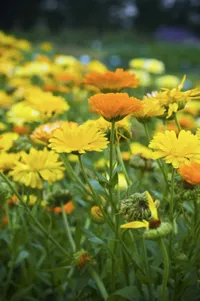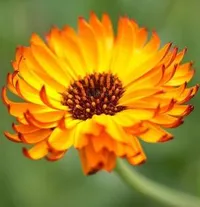How to grow marigolds: add a burst of brilliant color to borders and containers
Find out how to grow marigolds and these pretty daisy-like flowers in neon orange and sunshine yellow will bring summer joy to your plot

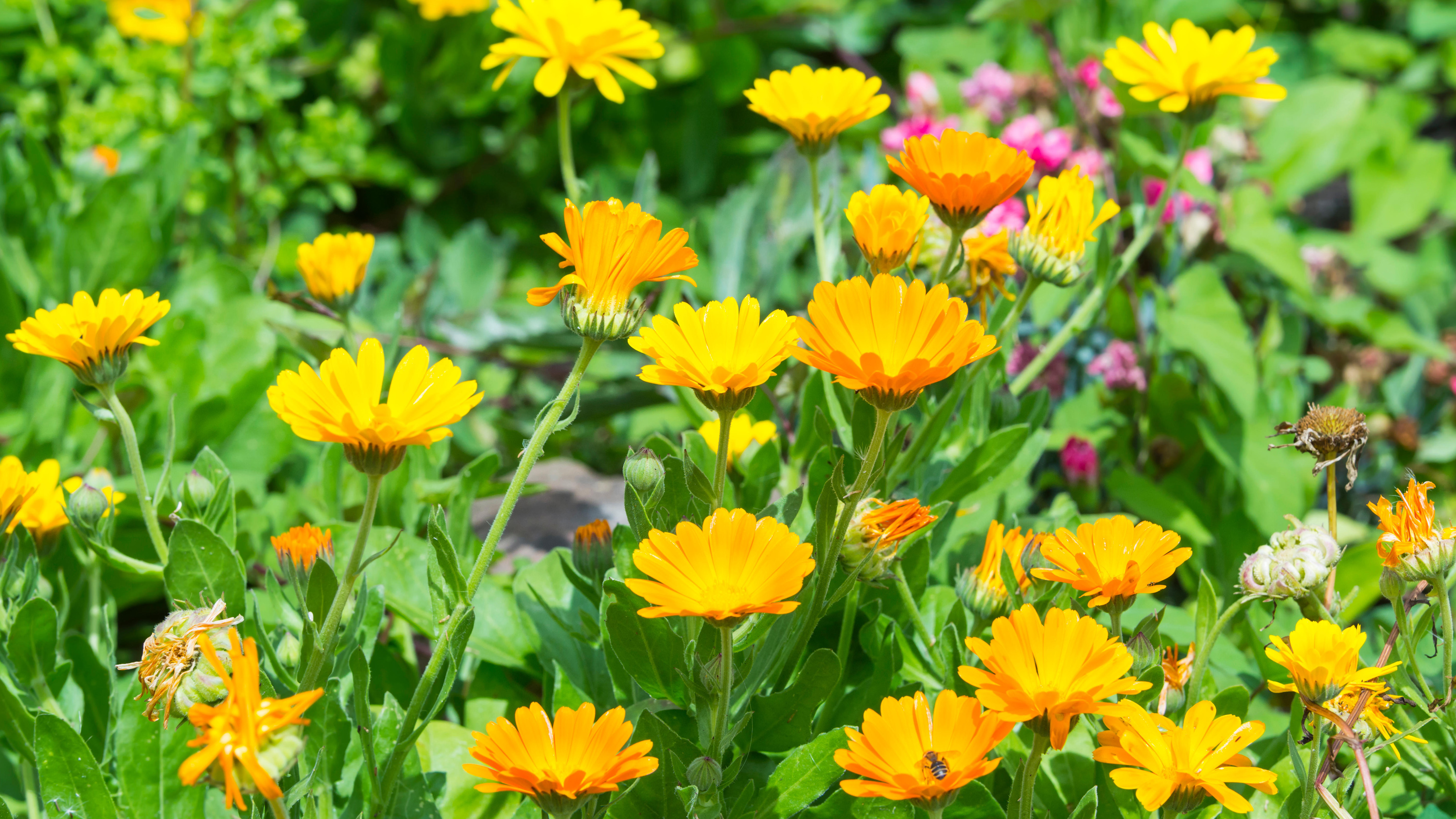
Find out how to grow marigolds and you can fill your summer garden with intense color for months on end. They add luminous orange and canary yellow shades, and plenty of razzle dazzle when paired with purples and pinks.
Marigolds are multi-tasking too. As well as looking good, pollinators love them and they see off bugs so they’re a must for dotting around your vegetable patch.
These brilliant flowers do well in your flowerbed ideas and containers. They’re a cottage garden favorite as well as looking spot-on in contemporary garden schemes. They flower for months on end too, going from summer right into autumn and the first frosts.
Find out how to grow marigolds and add a splash of sunshine to your plot with our expert guide.
What are the different types of marigolds?

Fast growing common marigolds called Calendula officinalis can be annuals or perennials. They are also known as pot marigolds, because you can add the petals to the cooking pot, just like our other best edible flowers. They come in vivid orange or yellow, have aromatic foliage and once established in your garden, the flowers will appear year after year.
Tall African marigolds (Tagetes erecta) and dwarf French marigolds (Tagetes patella) can also come in annual or perennial form, and have showy daisy-like single or double flower-heads in summer and autumn. Both leaves and flowers are aromatic when brushed against.
How easy is it to grow marigolds?
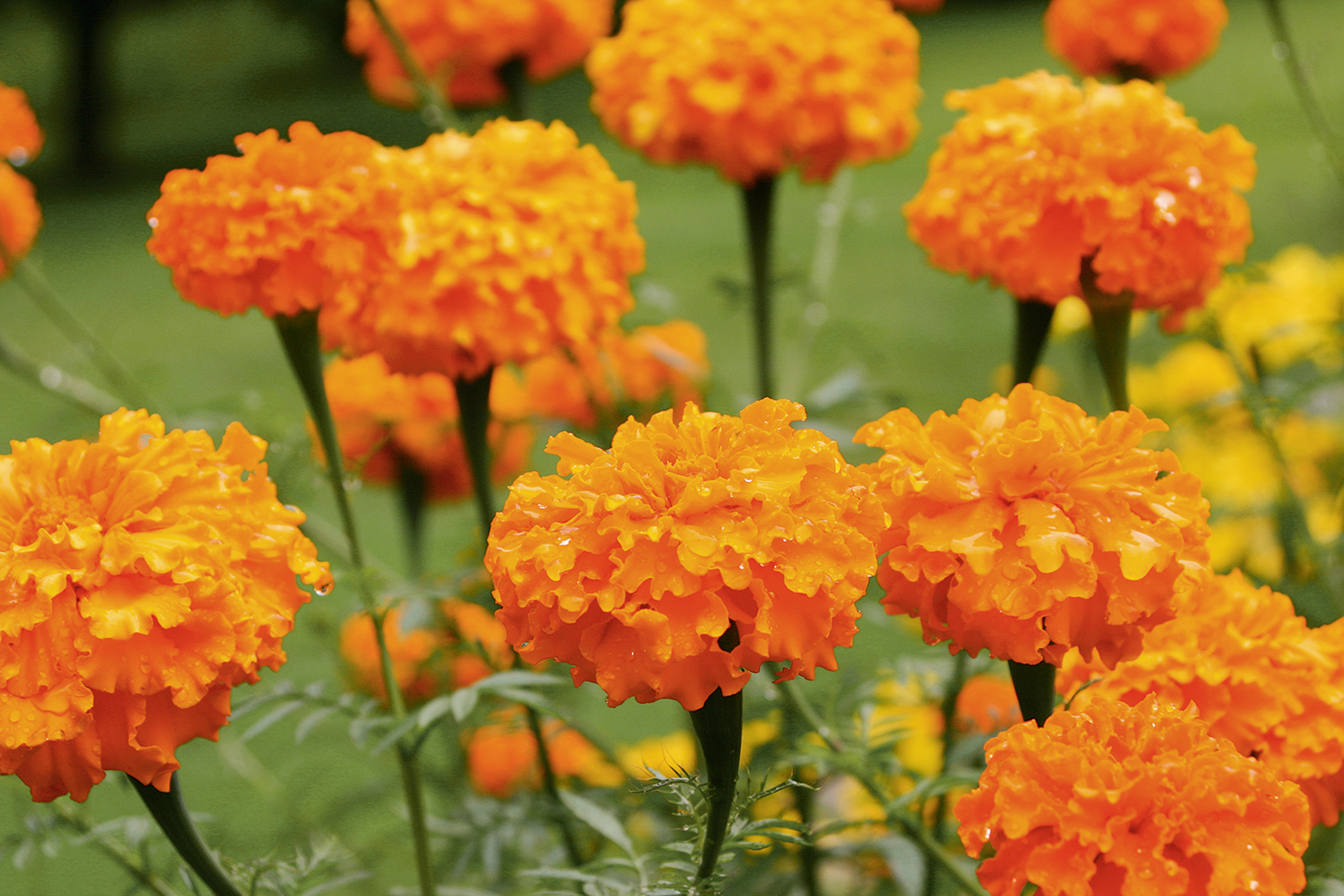
All varieties of marigold are very easy-going and reliable. Once planted, they grow rapidly with no fuss. Most thrive in full sun, in fact the hotter it is the better they will respond.
For best results when learning how to grow marigolds, just make sure you avoid damp and shady spots and they will flourish.
How to grow marigolds
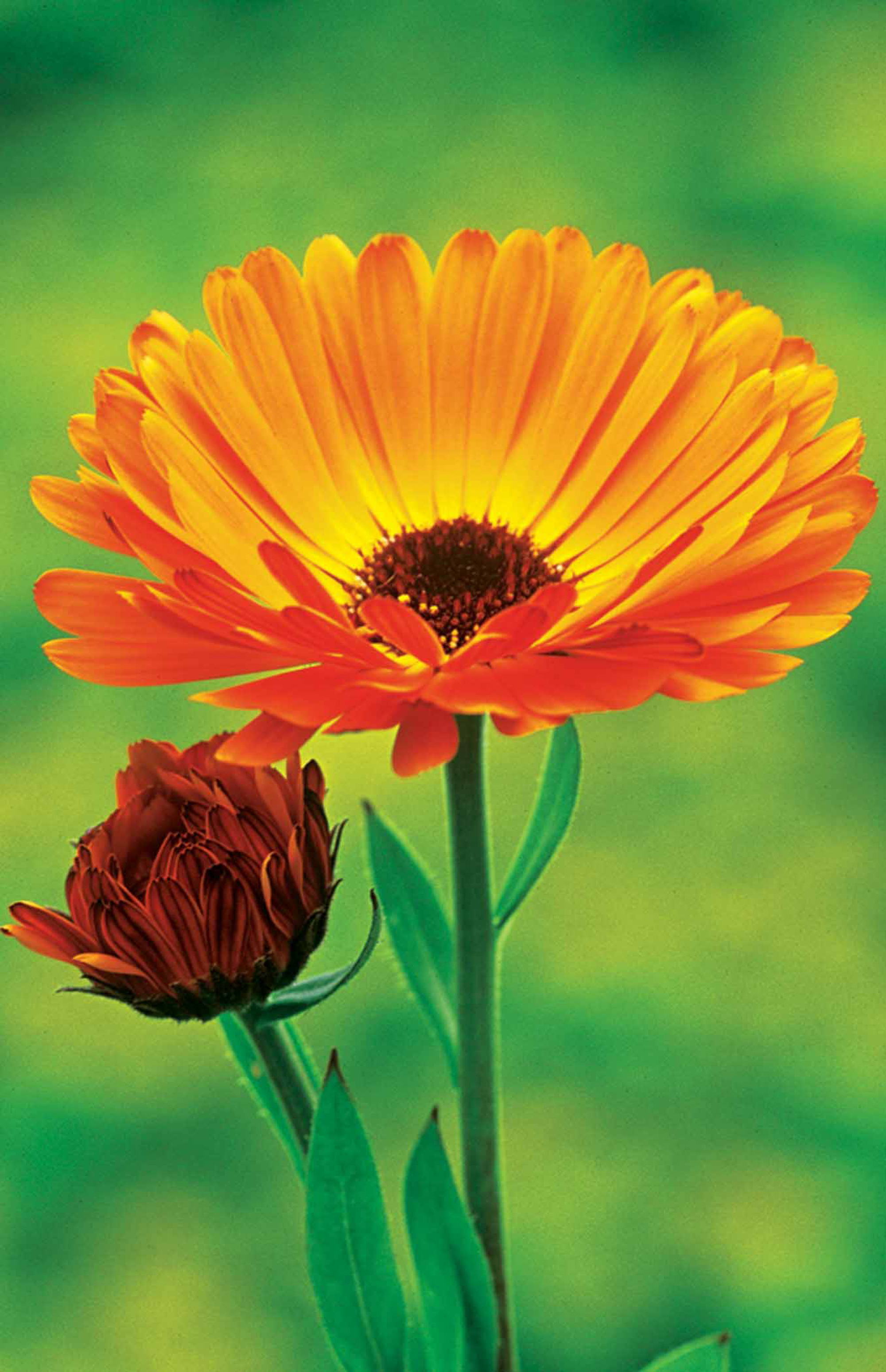
- In spring calendula can be sown directly in the ground where you want plants to flower. Sow the seed thinly in patches or rows, 1cm deep, and cover lightly with soil once done. Thin seedlings to 10-15cm apart when they're ready. Once planted, marigolds grow rapidly with no fuss.
- Tagetes can be grown from seed indoors, then the seedlings transplanted into small pots or modular trays, and grown on in a warm place. Alternatively, sow outside in late spring directly where plants are to flower. Sow the seed thinly into moist well-prepared soil, and they will flower within a few weeks of sowing.
- Marigolds can also be bought as plug plants to grow on, planted outside once the frosts have passed, after gradually acclimatizing plants to the outside over a period of a couple of weeks.
- For the easiest option buy garden-ready plants to slot in as and where you need them. First prepare the soil by digging down about 10cm to loosen and aerate it, removing any stones or weeds. Put each marigold plant in a hole the size of its root ball then firm soil gently around the plant for support. Water in thoroughly, and keep an eye on plants during any hot spells. There's more tips in our guide to watering plants.
What conditions do marigolds grow best in?
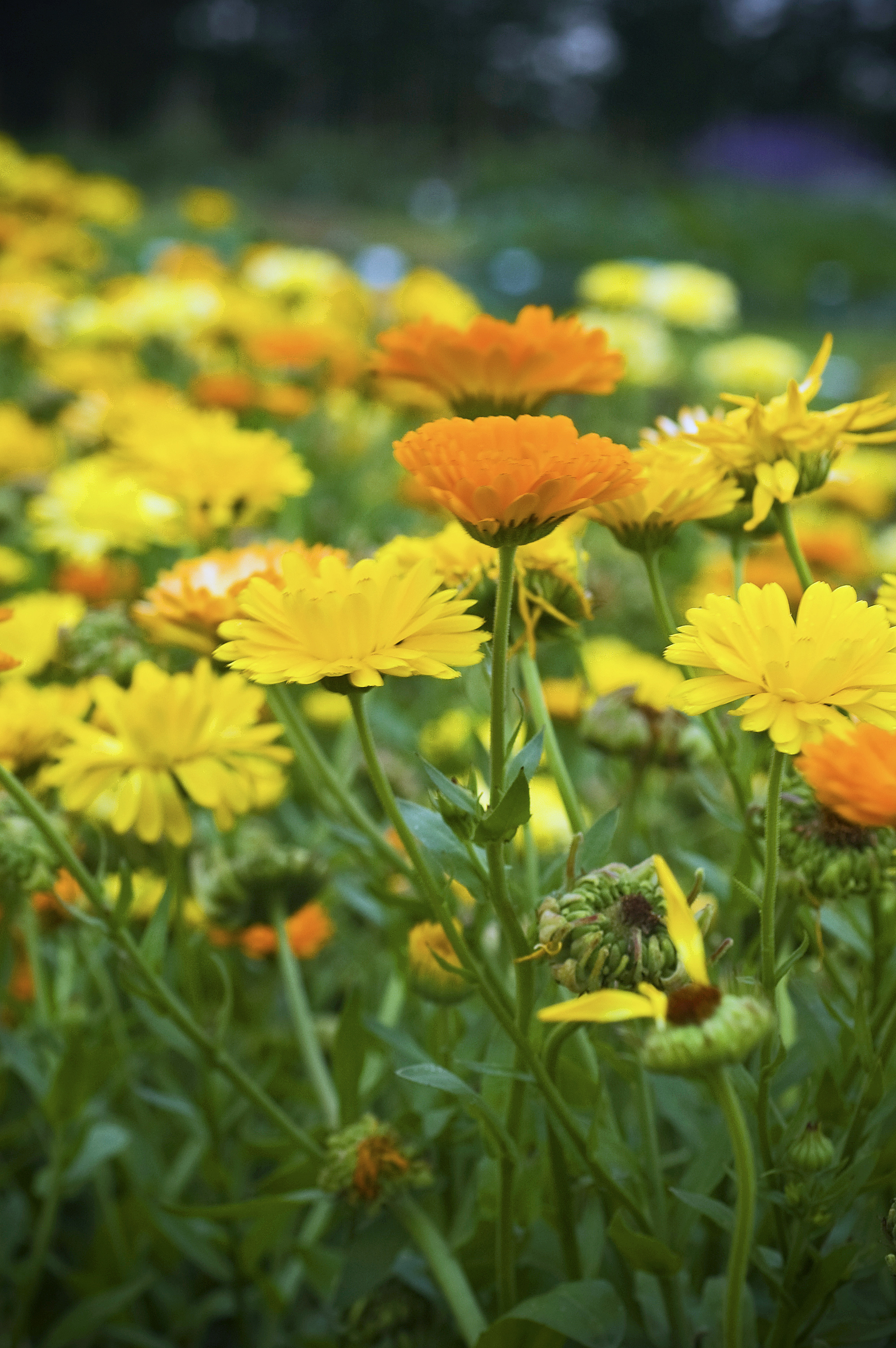
One of the best things about learning how to grow marigolds is that they are easy going once established and need very little attention as they thrive in a wide range of growing conditions.
Choose a sunny spot that’s sheltered, especially if you're growing taller varieties to protect them from the wind. They will happily grow in poor soil as long as it’s not waterlogged. Once planted, marigolds grow rapidly with little fuss.
Marigolds don’t always grow where you’d choose though, and can even thrive in amongst cracks in your paving ideas or tightly squeezed together in a scrubby patch of soil. Weed well and deadhead if you want to reign them in. There's more tips on how to get rid of weeds in our guide.
Can you grow marigolds in a container?
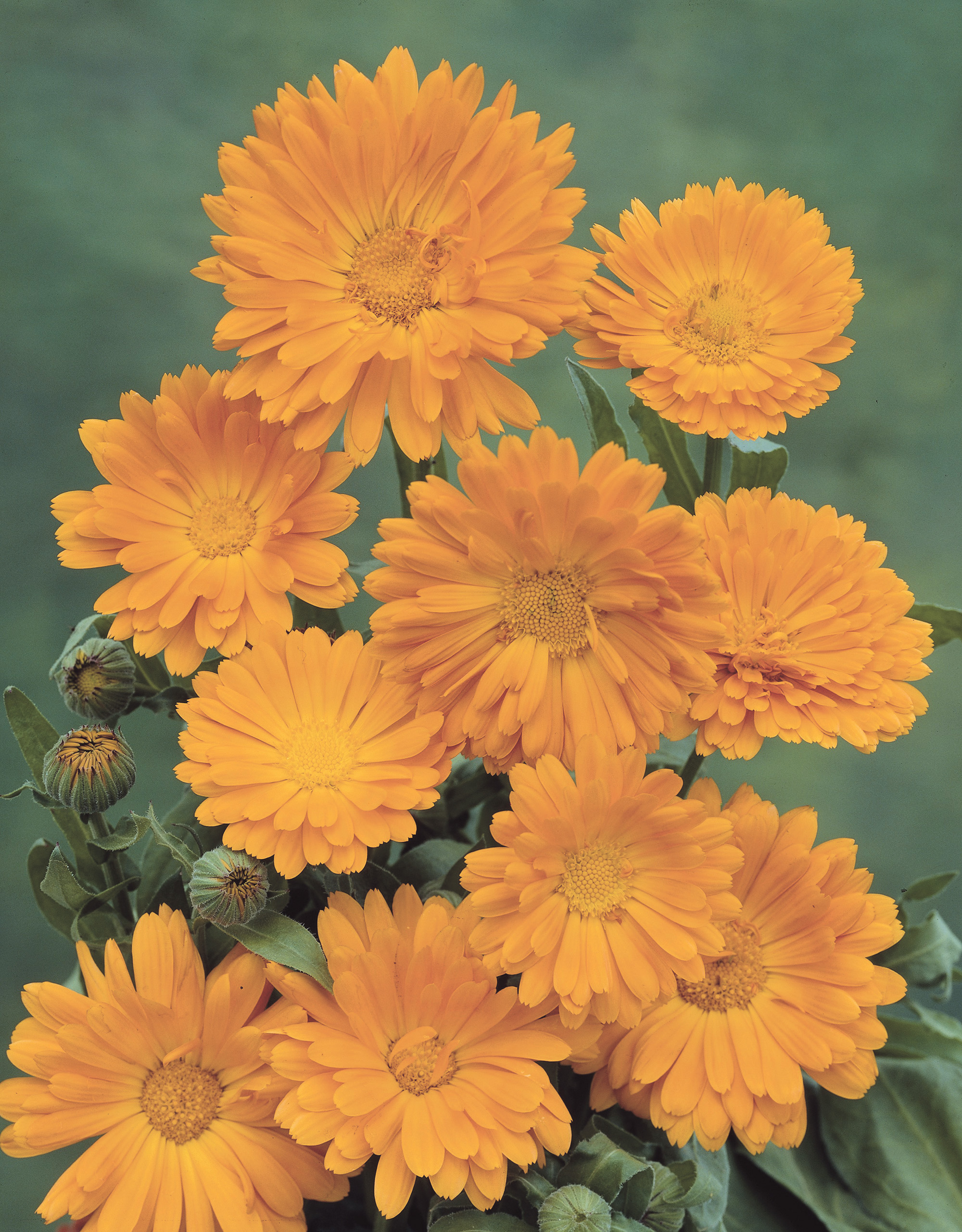
Taller or larger-flowered marigolds can be grown in large pots as part of your container gardening ideas. They do best in a sheltered site, particularly the large-flowered African marigolds, as the big blooms can easily be damaged by wind.
For best results for how to grow marigolds in pots, use peat-free multi-purpose potting compost, and water in well after planting. Water pot-grown marigolds regularly and apply a liquid fertilizer every 7-14 days from midsummer onwards.
Do marigolds come back every year?
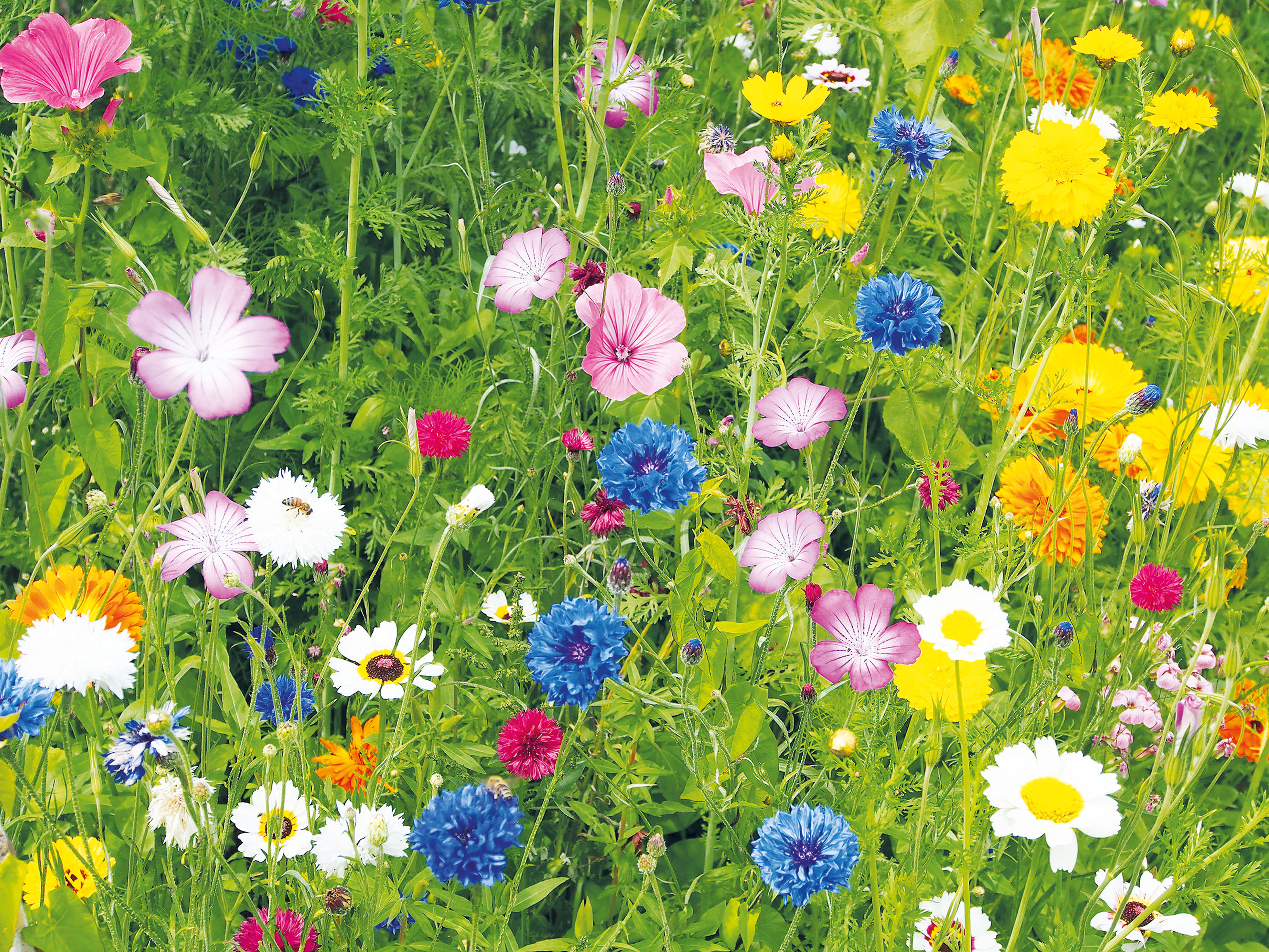
If you're learning how to grow marigolds, it's worth knowing that annual varieties of marigold last for one season only. But they are prolific self-seeders if left to their own devices and will cast their seeds far and wide. If you want to multiply your stock avoid digging the ground around the plants (our no dig gardening guide has more tips on this) and you should find new marigolds popping up next year.
African marigolds are tender and will die during the first frosts of autumn. Try saving seed from them beforehand and use it to propagate new plants the following spring. Seed saving is simple: wait for the seeds to turn light brown and collect them in envelopes. Label and store somewhere cool and dry.
How to grow marigolds inside your home
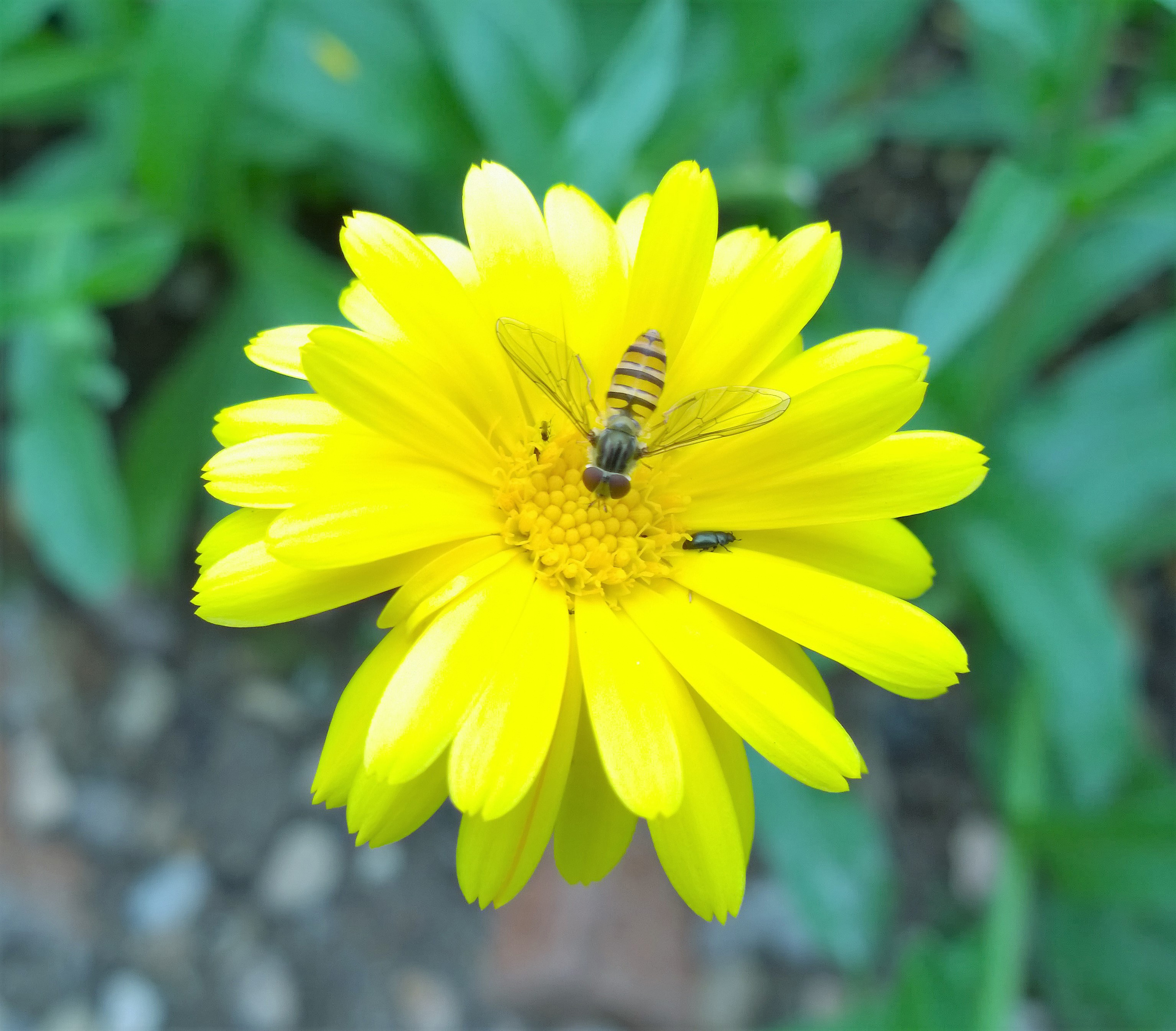
Marigolds can also be sown indoors if you want to get a head start on planting. Annual marigolds that can’t cope with frost can be started off in a heated propagator or on a sunny windowsill in early to mid spring.
Once the seedlings are large enough to handle, prick them out and transfer to small pots. They can then be planted outdoors once the risk of frost has passed. There's more info on how to transplant seedlings in our guide.
What problems affect marigolds?
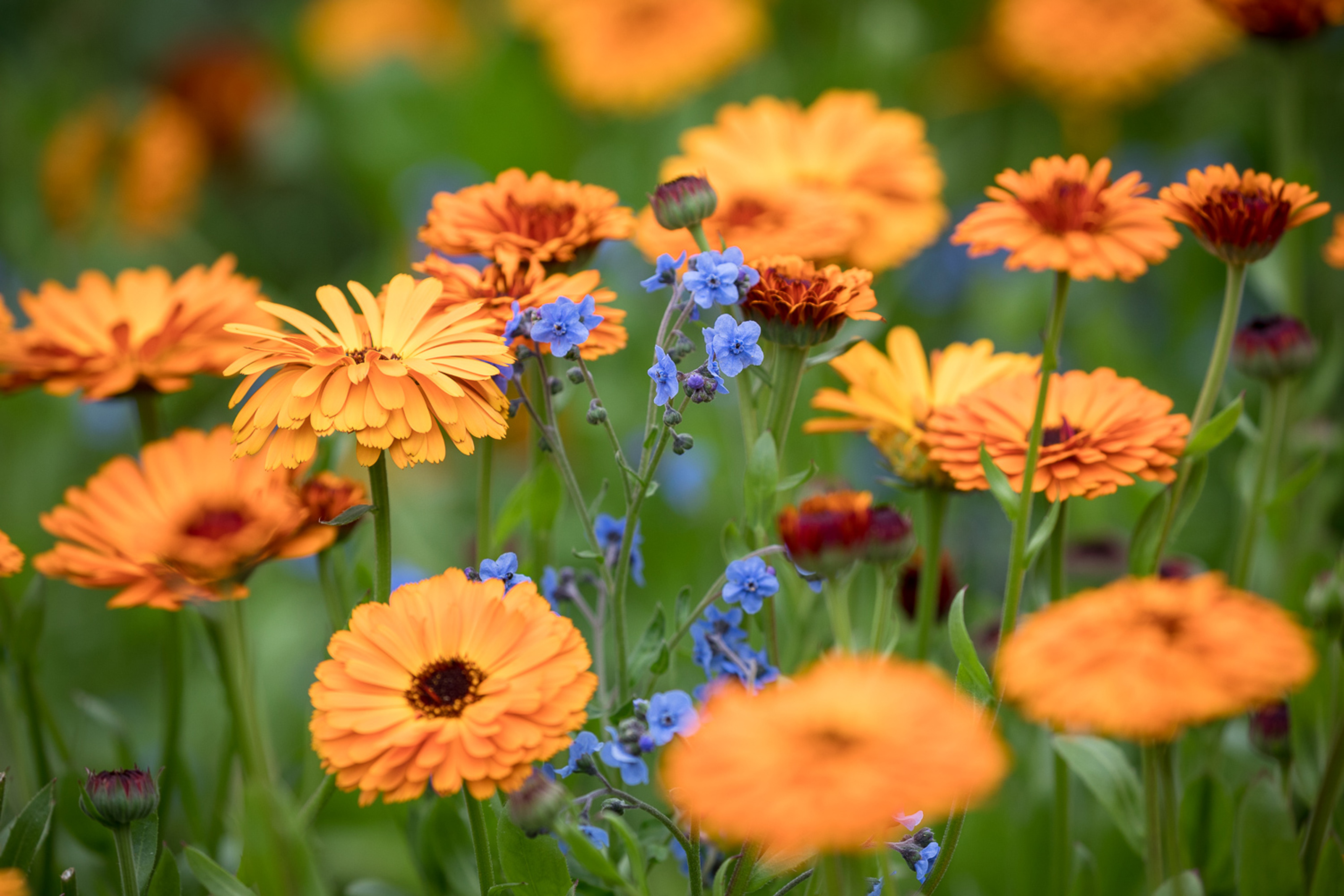
- Marigolds need free-draining soil and, if the ground is heavy and poorly drained, they may develop mould. Keep the area weed free and always choose a well-drained spot.
- African marigolds with large heads of double flowers can rot in wet summers. In areas prone to damp weather, grow varieties with smaller flowers.
- Taller varieties of marigold might need staking, in which case use bamboo canes and garden twine, tying them securely enough to give support but not so tightly that they snap in the first stiff breeze.
- If planted in shade marigolds are prone to powdery mildew, causing the foliage to wilt and generally they won’t respond well. Check out our best shade loving plants for more suitable options for your garden's shady spots.
How to care for marigolds
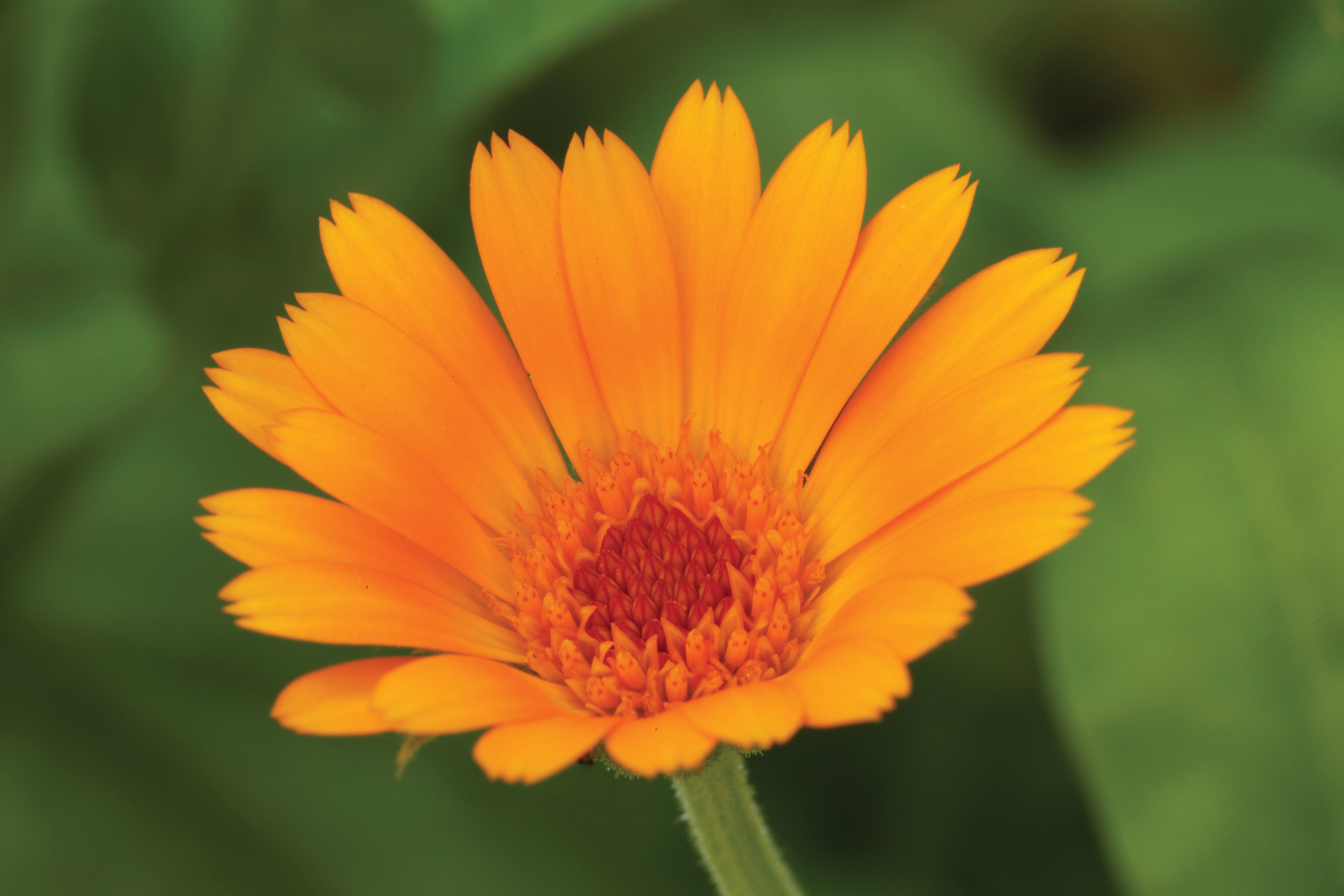
The good news is that once established there’s very little else you need to do for how to grow marigolds as they're a low-maintenance summer planting choice.
Removing the dead heads encourages more flowers to be produced, while pinching out shoots of tall varieties can promote bushy growth.
While it’s not essential, snipping off any faded flowers improves their appearance and stimulates new blooms.
Are marigolds good companion plants?
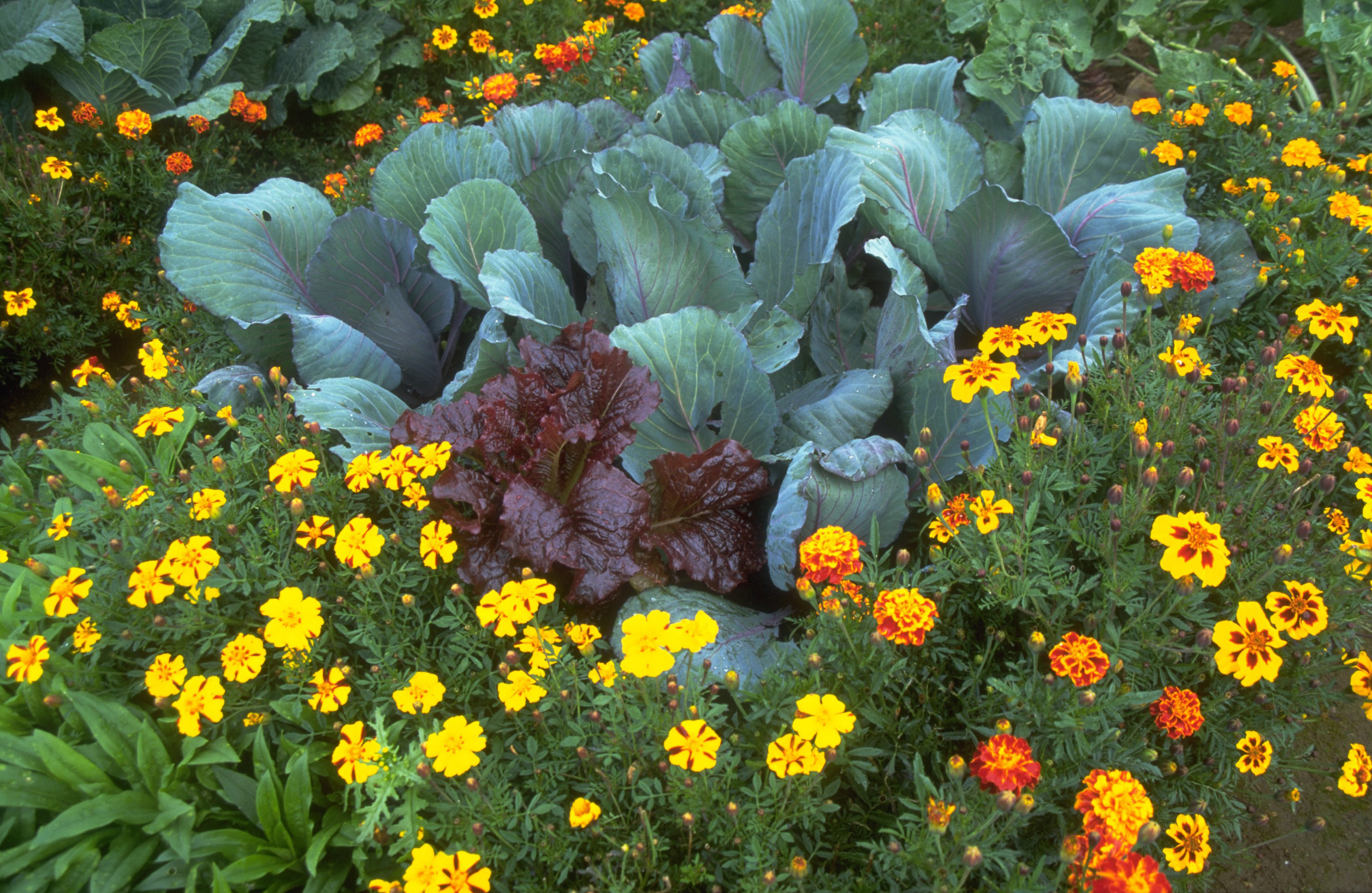
Apart from looking good together, certain combinations of flowers and vegetables can be used for companion planting to provide a healthier growing environment. French marigolds are great for planting in between your vegetables as they're known for repelling aphids due to their strong scent, working as a natural deterrent.
Plant marigolds in between vegetables roughly 10cm apart to help keep pests at bay and protect your crops. Mix them in among mixed salad leaves to help deter whitefly. Planting them under tomatoes also acts as a deterrent for whitefly.
Alternatively, combine marigolds with your garden planter ideas and then you can move them around as a type of portable pest control as and when you need it.
Do marigolds make good cut flowers?

Another benefit of learning how to grow marigolds is that they make excellent cut flowers for both fresh and dried arrangements. Snip flowers early in the morning and strip the lower leaves from the stems. They will last up to a week, even longer if you add some floral preservative to the water.
To dry them, remove foliage from the stems and hang them upside down in a warm place until dry. The flowers will shrink a little, but their color will remain strong.
There's more tips on the best cutting garden flowers in our guide.
Where to buy marigolds
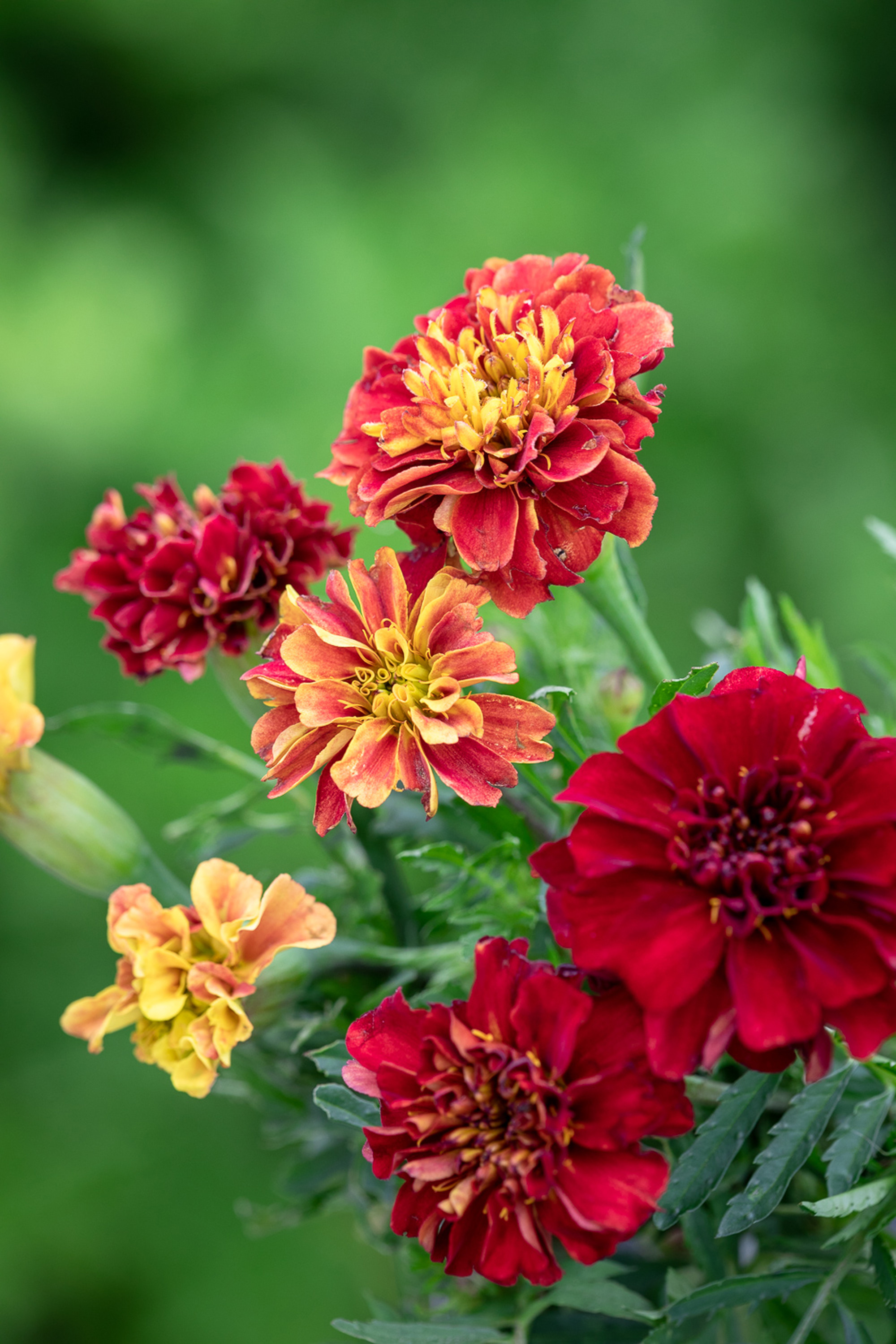
Read our tips on how to grow marigolds and want to include them in your planting scheme? You can buy marigolds as seeds or young plug plants from the garden centre or online. Shop marigolds at the below suppliers, or keep scrolling for some of our favorite picks.
Where to buy marigolds in the UK
- Shop marigolds at Amazon
- Shop marigolds at Crocus
- Shop marigolds at Dobies
- Shop marigolds at Suttons
- Shop marigolds at Thompson & Morgan
- Shop marigolds at Waitrose Garden
- Shop marigolds at You Garden
Where to buy marigolds in the US
- Shop marigolds at Amazon
- Shop marigolds at Burpee
- Shop marigolds at Home Depot
- Shop marigolds at Walmart
4 VARIETIES OF MARIGOLD TO TRY IN YOUR GARDEN
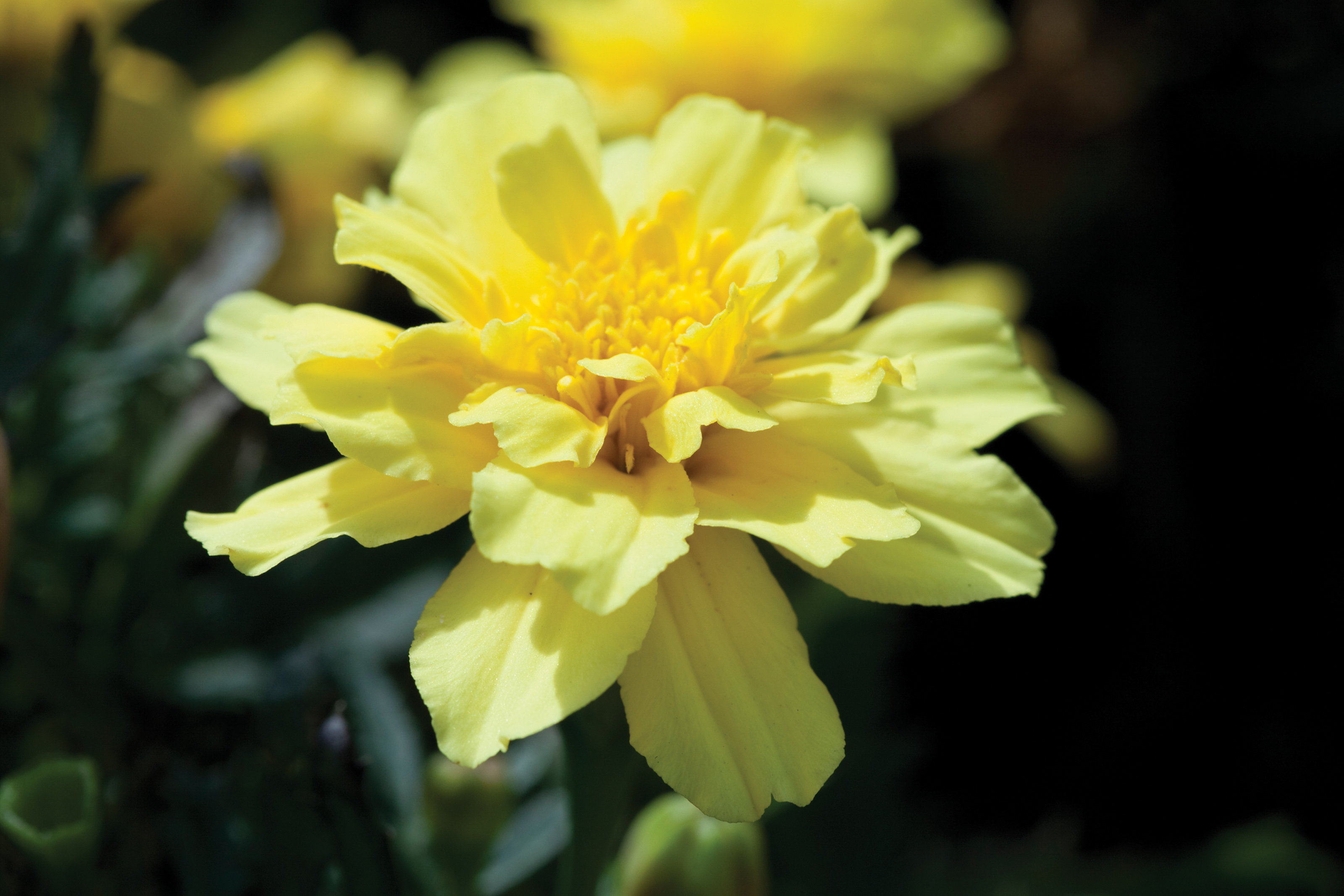
With so many wonderful colors and varieties to choose from you're spoiled for choice. Here's a round-up of some of our favourite varieties of marigold.
French Marigold 'Orange Winner' from Suttons
This compact dwarf variety has large crested flowers of orange and maroon. Sow February-March under glass in gentle heat. Can be sown direct outdoors in April-May for flowers June-September. Easy to grow, these bushy plants are perfect for borders and containers.
Calendula officinalis 'Sunset Buff from Sarah Raven'
This soft buff-apricot variety has a lovely subtle flower color. Sow under cover March-April. Sow direct April-May and/or late August-September. This will also self-sow in the right conditions. Grow in well-drained soil in sun or partial shade for best results.
Calendula officinalis 'Fiesta Gitana Mixed' from Thompson & Morgan
An easy to raise hardy annual that will flower virtually all summer long. With a wide colour range of fully double blooms and a compact habit, this is superb for bedding. The plants are tolerant of even the poorest soils and also do well in containers.
Calendula officinalis 'Indian Prince' from Waitrose Garden
The burnt orange petals have a mahogany reverse, adding to the flower's rich coloring. Their tall stems mean they're good for cutting and arranging. A prolific flowerer, it grows easily in most soils and the edible petals look wonderful scattered over salads.

Lifestyle journalist Sarah Wilson has been writing about gardens since 2015. She's written for Gardeningetc.com, Livingetc, Homes & Gardens, Easy Gardens and Modern Gardens magazines. Having studied introductory garden and landscape design, she is currently putting the skills learned to good use in her own space where the dream is establishing a cutting garden.


